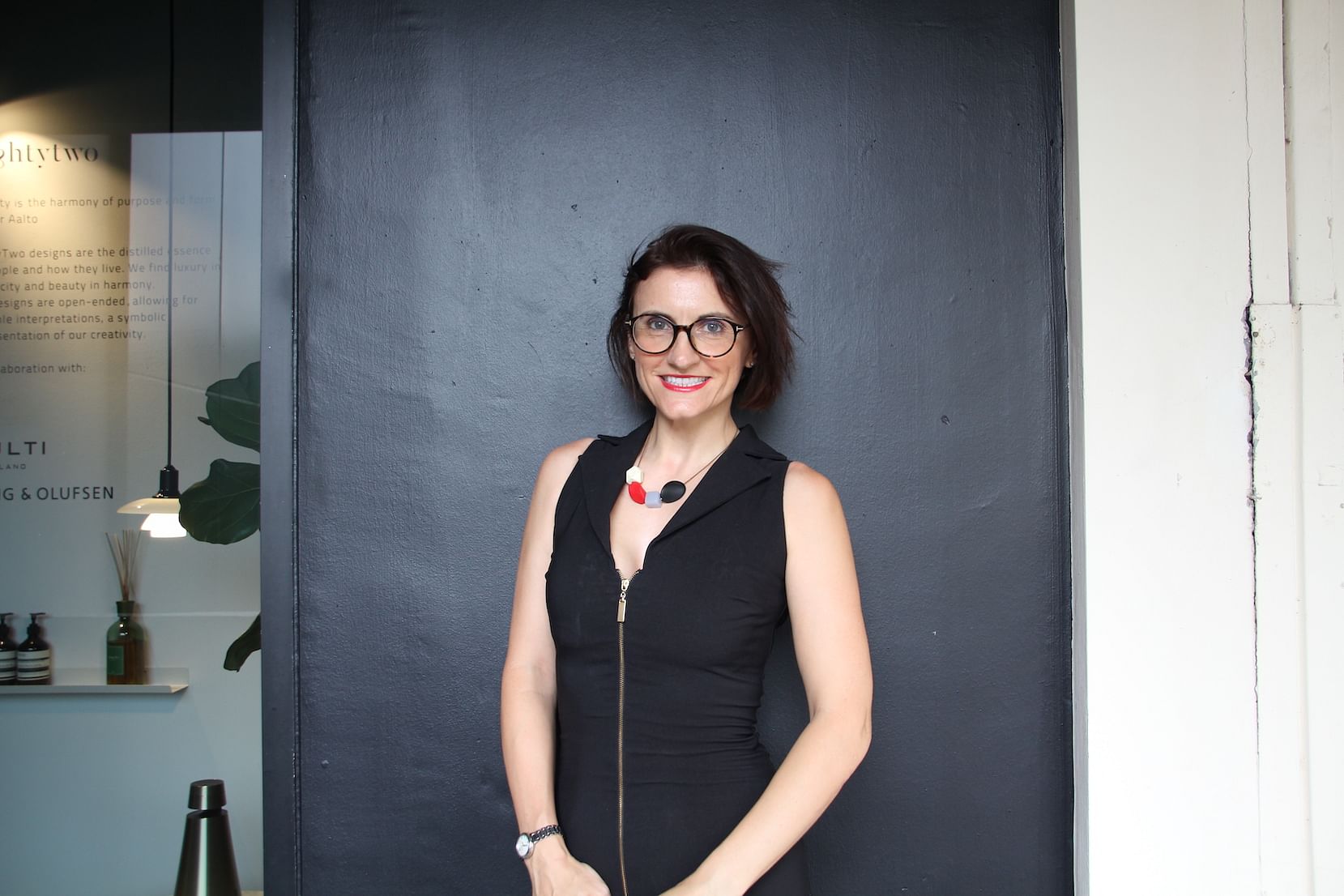Women aren’t talking enough about investments, says Tanya Rolfe, co-founder of Singapore-based financial learning platform Sophia. The problem, of course, isn’t that women are allergic to the wiles of compound interest and exponential growth, but rather put off by attitudes that discourage them from matters of finance.
That’s what Rolfe and her co-founders Christine Yu and Nicole Denholder hope to change with Sophia. The trio have around five decades of combined experience in the legal, finance and investment fields, each having created their own women-focused investment communities that deal with pain points on both sides of the fence. That is, empowering women to invest while understanding the difficulties that female entrepreneurs face in raising capital.
Sophia, which just launched in Singapore, Hong Kong and Australia earlier this year, will be easing these pain points through education. Rolfe tells us why women aren’t investing, despite inroads in education and employment over the past decades.
(Related: The Peak Next Gen: Gregory Van, CEO and co-founder of Endowus, is all about utilitarian investing)
So, the big question. Why have women been investing less than men?
It likely starts when women are young girls and we are discouraged from all things financial, we are less likely to enter into financial careers due to the sheer volume of men in the financial industry. We rarely want to be the only woman in the room and often we are if we take financial roles.
The other big factor here is that there is a gender pay gap, meaning men are paid more than women for the same roles. This gap leads to women having less disposable income for investing, which is further compounded as women are often out of the workforce for some time in their early 30s when having children, and often take a reduced salary to allow for reduced hours and home responsibilities.
Investing has a lot to do with compounding but women often do not start investing and therefore do not benefit from compounding and therefore the gap between men and women just widens more and more over time.
Has this gotten changed for the better over the decades?
This has indeed changed significantly in recent years. There are more women than ever before in education, the workforce and women have more money than they have ever had before.
Women control a third of the world’s wealth, adding US$5 trillion (S$6.7 trillion) to the wealth pool globally every year – a pool which is expected to reach S$125 trillion globally by 2023. The fastest growing hub of wealth creation for women is in Asia, with a current growth rate of 10.4 per cent per annum. At this rate, Asian women will add more than S$1.35 trillion per year to their total wealth over the next four years, creating a huge need for financial education for women.
(Related: Nineby9 wants the corporate world to achieve gender parity in 9 years)
What are gaps that lead to women investing less, apart from wage differences? Could they have to do with education gaps in certain part of the worlds?
I don’t believe it is all about education as men and women likely received similar educations in their respective countries. I believe that it starts after formal education finishes when we start to form our professional networks and adult friends. I would suggest that it is far more common for men to chit chat about investments and share ideas and make introductions to each other. Conversely, I think most women do none of these things. So, it is an education but an education through actually making investments and not schooling.
It would also be fair to say that women are more risk aware than men. This could be due to not having as much disposable income as men have to begin with so one could argue this is a very reasonable trait.
Furthermore, biases from how the investing industry is structured might put off women from investing. According to a study conducted by Coleman Parkes Research among some 8,000 respondents in Asia, Australia, Europe and North America, 86 per cent of asset managers interviewed for the study acknowledged that their default investment customer — the person whom they automatically target with their products — is a man.
73 per cent of asset managers said their organization’s investment products are aimed primarily at men. As a result, potential female investors are met with language, imagery and messaging targeted mainly at a male customer, according to the report.
We have so few female asset managers appealing to women investors and speaking the language that women respond to. Asset managers in that study largely agreed that the investment industry would be able to engage more women to invest if it had more female fund managers – which the same asset managers estimated fill only 10 per cent of seats at their firms.
(Related: The Peak Power List 2021 Awards recognises women who break boundaries)
How does Sophia help to circumvent such barriers, and get more women to invest?
Community, community, community.
Naturally we are providing financial education as we are an ed-tech company but thereafter, we are a community of women learning and investing together. It is my firm belief that women learn and feel confident to embark on an investment journey if they have other women like them, on a similar path around them. Sophia provides education and that community in equal measure.
On the flip side – why do women-led startups receive less venture capital (VC) dollars?
This is a complex question but with over 76 per cent of VC funds in Southeast Asia having all male decision-making teams, it is likely reasonable to assume that a lack of diversity in those investments heavily leads to a lack of diversity in founders whom they invest into.
Women open almost 40 per cent of businesses globally so whilst we definitely still have work to do when it comes to seeing more women in VC-friendly industries, we do have plenty of women out there running businesses. The lack of funding for those women and their businesses is likely due to a network issue whereby women are less likely to be in the networks of those male dominated VC funds. Further compounded by not looking or sounding like a founder that has traditionally received funding.
Perhaps women display confidence in a different way and perhaps we talk about our businesses in a different way and neither of those are understood or perhaps even mistaken for a lack of confidence or too conservative with growth plans!
How does Sophia intend to drive money toward these startups in particular? Will this foster a sort of ecosystem where women can help bring up other women?
Women supporting women is definitely one of my personal mottos. Yes, Sophia hopes to create the next generation of female investors. 55 per cent of women surveyed in the Coleman Parkes Research said they would invest, or invest more, if the impact of their investment aligned with their values. 53 per cent said they would do so if the fund in which they invested had a clear purpose for good.
It is my belief that women want to support other women building businesses for all women as consumers and customers and therefore if we have more female investors, we would see more female founders receiving funding.
Finally, how does Sophia intend to bring men into the picture?
Sophia and the Sophia team are surrounded by men supporting our efforts. We welcome men raising their hands and standing tall and I am waiting to hear from you.
For more on Sophia.









